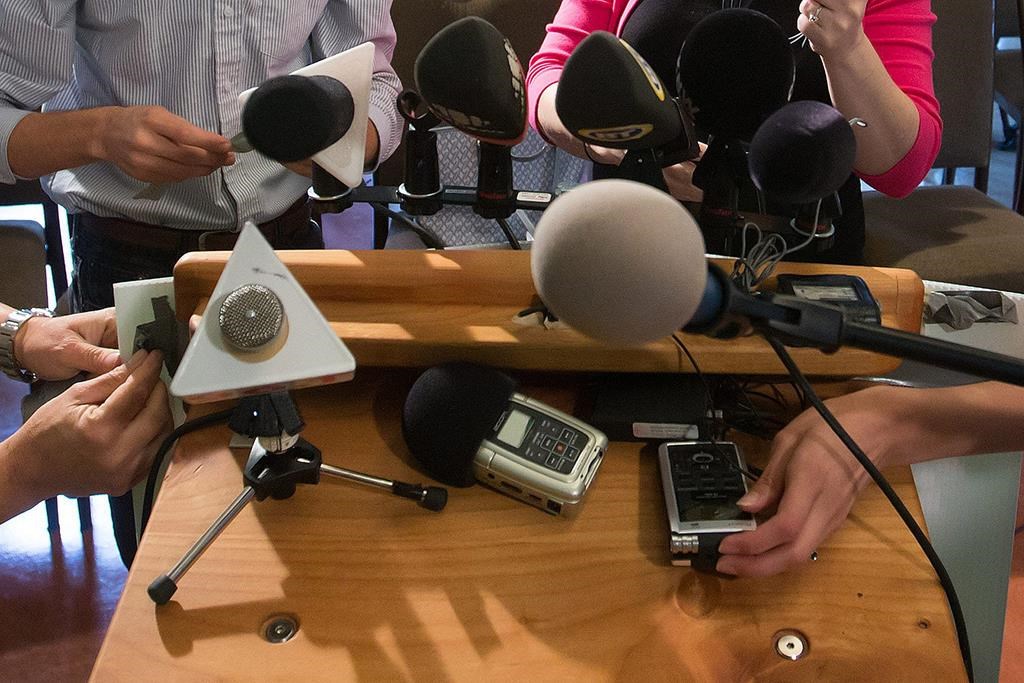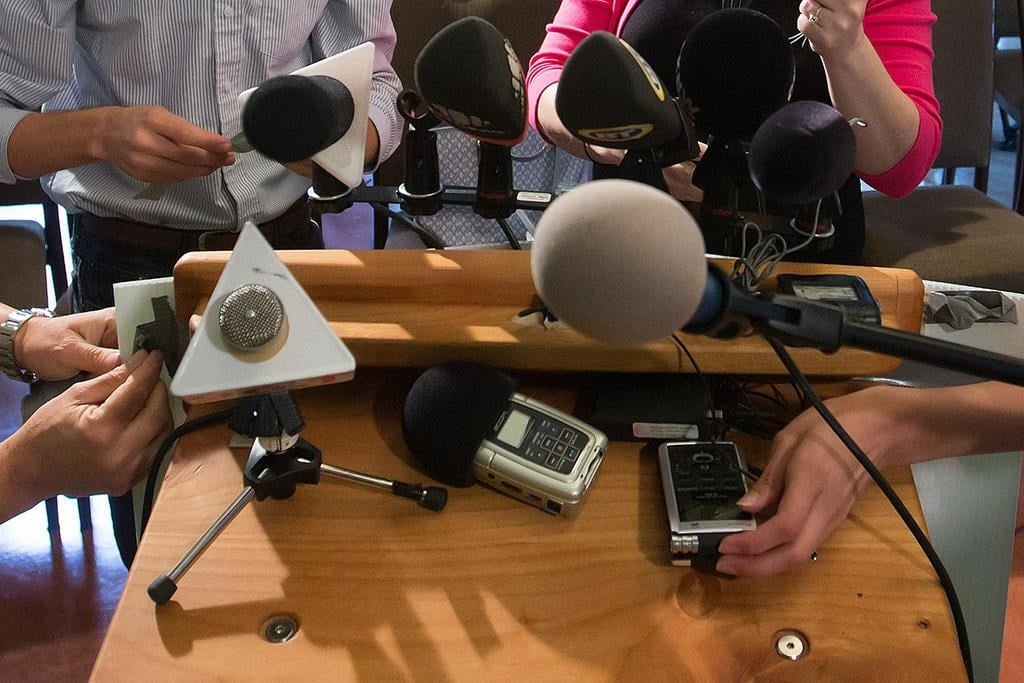
How to invest in bonds in Canada
NicoElNino / Shutterstock
Updated: January 19, 2024
Bonds are essential to a diverse investment portfolio. They help protect your portfolio against stock market volatility while providing a regular and reliable source of passive income. Best of all, it’s now easier than ever to buy bonds in Canada!
I personally keep 20% to 25% of my entire investment portfolio in bond ETFs. These funds are some of my favorite holdings in my portfolio because they pay dividends monthly, which provides a reliable cashflow I can use to buy other investments. I even keep my core bond funds set on DRIPs (Dividend Reinvestment Plan), so I’m always increasing my position in these ETFs. As a result, my passive income grows every single month. I think bonds are a must-have for any portfolio, and anyone who wants to start investing should allocate a percentage of their investment portfolio to this asset class.
What are bonds?
Bonds, like stocks, are issued by corporations in order to raise capital for business operations. Bonds, however, are much different than stocks in how they work and what they provide for the investor.
When investing in stocks, you’re purchasing shares in a business and becoming a part-owner of that corporation. That entitles you to profit sharing and often voting rights to have a say in how the business is run. With bonds, you are lending a business money. This entitles you to interest payments plus a guaranteed return of your capital when the term of the loan ends. Unlike with stocks, you don’t receive any profit sharing in the company or voting rights as a bondholder.
The best way to understand what bonds are and how they work is to think of them as a loan. You are loaning a company money that they will pay back by a certain date, with interest. To put it simply, bonds are not that different than student loans or a car loan, except you’re the lender instead of the borrower!
Where to buy bonds in Canada
| Questrade review | QTrade review | CIBC Investor's Edge review | Wealthsimple review |
|---|---|---|---|
 |
 |
 |
 |
|
◦ Low trading fees
◦ No annual fees ◦ Excellent customer service |
◦ Low cost trading
◦ Trade corporate bonds ◦ Wide selection of ETFs |
◦ Low trading fees
◦ Wide range of account types and investment options ◦ Quotes and research |
◦ Access to human advisors
◦ Sleek, user-friendly platform ◦ ETF MERs are some of the lowest in the industry |
| Buy bonds | Buy bonds | Buy bonds | Buy bonds |
Why do I need bonds in my portfolio?
Bonds are essential to have in your portfolio to balance your investment allocations, as well as provide a source of passive income.
Bonds typically move in the opposite direction of stocks. So when the stock market goes down, the prices of bonds tend to increase, and vice versa. By having a mix of both bonds and stocks in your investment portfolio, you can reduce the amount of volatility you experience as an investor.
Bonds also provide an excellent source of passive income for your portfolio. Because bonds guarantee a rate of return on your investment paid on a fixed schedule, they’re perfect for investors who want a reliable source of passive income. Bond ETFs tend to make their interest payments monthly, which means you’re paid more frequently than stocks which typically pay on a quarterly schedule. This is the reason many people tend to adjust their portfolio to have more bonds as they near retirement.
Key terms
When it comes to understanding bonds and adding them to your investment portfolio, there are some key investment terms you need to understand:
- Term: the length of time from the date the bond is issued to its maturity date. In other words, the term of the loan! This can range from 1 to 20 years.
- Maturity Date: the date at which the bond term ends, and your investment capital is returned.
- Coupon Rate: the interest rate paid to the bondholder per year. A bond with a 3% coupon pays 3% per year. Payments are typically scheduled monthly.
Curious to learn even more investment terms? Check out our investment glossary.
How to buy bonds in Canada
There are two ways to buy Canadian bonds: you can purchase a bond fund through your brokerage account, or you can purchase bonds directly from the issuing government or corporation by way of a financial broker.
Buying a bond ETF
The best way to buy bonds in Canada is to purchase a bond fund, like a bond ETF. There are bond funds that contain either corporate or government bonds, short or long-term bonds, or a mix of all of the above. If you’re overwhelmed by the number of choices, it’s best to select a broad market bond fund that contains both domestic and international bonds of varying terms, from both corporations and governments. A bond ETF is the easiest way to invest in a diverse portfolio of bonds at a low cost.
To purchase shares of a bond ETF, all you need to do is select the ETF in your brokerage account during trading hours, and purchase the number of shares you want to add to your portfolio. Since ETFs are traded on the stock market exchange, your order will be filled and the shares in the bond fund added to your portfolio as soon as the trade is completed. You will be charged the same commissions your brokerage account charges for any other ETF purchase.
Questrade is a discount broker that charges no commissions to purchase ETFs. You can buy as little as one share at a time and pay no trading fees. This makes it easy and free to add bonds to your investment portfolio with Questrade.
The interest payments you receive from the bonds in your bond ETF will be paid directly to your brokerage account, usually on a monthly basis. You can then use this cash to purchase more shares of the bond ETF or invest it in other ETFs or stocks. When bonds in the bond ETF mature, the fund manager will purchase new bonds to maintain the fund allocation and income.
Bond ETFs do have management fees and operating costs, which will be calculated in the fund’s Management Expense Ratio (MER). Bond MERs typically range from 0.05% to 0.20% depending on the ETF provider, which is comparable to stock ETFs.
The 5 best bonds to buy in Canada
Buying Canadian bonds directly
Another way to buy bonds is directly from the government or corporation issuing them. These are not traded on the stock exchange like a bond ETF, so you will need to contact a broker in order to make a purchase.
Your broker is a financial institution, brokerage, or another licensed financial advisor. They will provide a list of bonds available for purchase, you select the one that you want and then contact them via phone, and they will make the purchase for you. Brokers typically charge a flat rate commission to purchase bonds, so it only makes sense to make a purchase that is at least a few thousand dollars to keep your costs to a minimum. If you want to sell the bonds you own before they mature, you will need to call your broker again to make a trade and pay commissions again.
Interest payments from your bond will be deposited in the account you designate with your financial account, and this is the same account your investment capital will be returned to when the bond matures. If you want to re-invest your money in another bond, you will again have to call your broker and pay commissions to do so.
There are no management fees when you buy individual bonds. However, that’s because you have to take on the trouble of ensuring you have a diversity of bonds with different coupons and terms in your portfolio!
Choosing bonds for your portfolio
When it comes to selecting bonds for your investment portfolio, you want to include a mix of corporate and government bonds with varying terms and coupon rates. Like with stocks, diversification is key! The easiest and most affordable way to achieve this is with a bond ETF, otherwise, you will have to select an asset mix that contains dozens or even hundreds of different individual bonds to properly diversify your capital. If you’re interested in the environmental impact your finances have, you can also opt for adding Green Bonds to your portfolio along with your other bonds and bond ETFs.
Risks of bonds
While bonds are an essential investment to add to any portfolio, they are not risk-free. Bonds are typically less volatile than stocks, but they can go down in value. And there is also the risk that they will not be paid back.
Interest rate risk
If interest rates increase, the value of bonds decreases in response. The longer the term of the bond, the more sensitive its price is to interest rates. If interest rates see a further increase in 3 or 5 years from now, that will lower the value of bonds purchased today.
Issuer credit risk
There is also the possibility of the bond issuer not being able to pay back the capital they owe the bondholder on maturity. This is rare, which is why bonds are generally considered safer investments than stocks, but the risk is not zero. The more creditworthy the bond issuer, like a provincial or federal government, the more likely they are to make good on their debts. The riskier the bond issuer, like a new or struggling corporation, the higher the possibility that they may not be able to pay back the amount they borrow. The risk of the bond not being paid back is typically reflected in the coupon rate, which is why you see higher rates for longer less creditworthy issuers and bonds of longer terms.
Nevertheless, bonds remain a less volatile investment than stocks and an excellent source of passive income for your portfolio. Carefully selecting the right mix of bonds as investments can protect your capital and generate a good return.
Conclusion: How to buy bonds
Bonds are fixed-income and fixed-term investments, which makes them similar to GICs, but they trade more like stocks. They’re essential to balance and diversify your investment portfolio, and the easiest way to add them is with a bond ETF purchased through your brokerage account. Whether you’re looking to protect your portfolio against stock market volatility, or you just want to add a consistent passive income stream to your investments, bonds are the ideal choice.
Investing guides
Investing platforms
Disclaimer
The content provided on Money.ca is information to help users become financially literate. It is neither tax nor legal advice, is not intended to be relied upon as a forecast, research or investment advice, and is not a recommendation, offer or solicitation to buy or sell any securities or to adopt any investment strategy. Tax, investment and all other decisions should be made, as appropriate, only with guidance from a qualified professional. We make no representation or warranty of any kind, either express or implied, with respect to the data provided, the timeliness thereof, the results to be obtained by the use thereof or any other matter.





